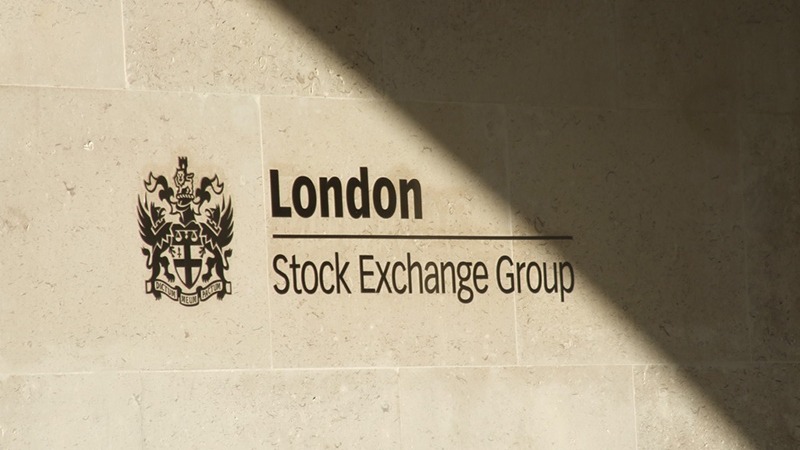In the US, core inflation is indeed already at a much higher level, rising to 2.3% y-o-y in March. Provided the Fed keeps deferring rate hikes and the oil price will continue its upward path, US inflation is likely to rise considerably, AXA IM said in a recent note, adding: “This supports the out-performance of inflation-linked government bonds relative to conventional fixed income government bonds assets.”

The UK is another area where inflation has inched up this year (to 0.5% in March), partly because of the upcoming Brexit referendum which has resulted in a fall in sterling. This, and the feeling markets are underestimating future inflation, has prompted Investec Wealth & Investment to move 2% of their client assets in their medium-risk balanced portfolio from cash to index-linked gilts.
“It is likely that inflation expectations may be trading too low and could rebound. Long-term inflation expectations appear to have been dominated by short-term movements in the oil price,” says Darren Ruane, head of fixed income at the UK-based firm. “Unless the oil price continues to fall from current levels, the base effect should see inflation rise.”
However, 10-year breakeven inflation for UK index-linked bonds already stands at 2.42% (compared to 1.31% for the US), which leads Peeters to conclude that this is a lost opportunity. “In fact, thanks to the Brexit discussion, higher inflation in the UK is now already priced in,” he says.
Even though inflation-linked bonds are typically more a longer-term investment than a tactical allocation call, often it comes down to timing. And, it could be that the 24th of June, a day after the Brexit vote, will be one of those times.










